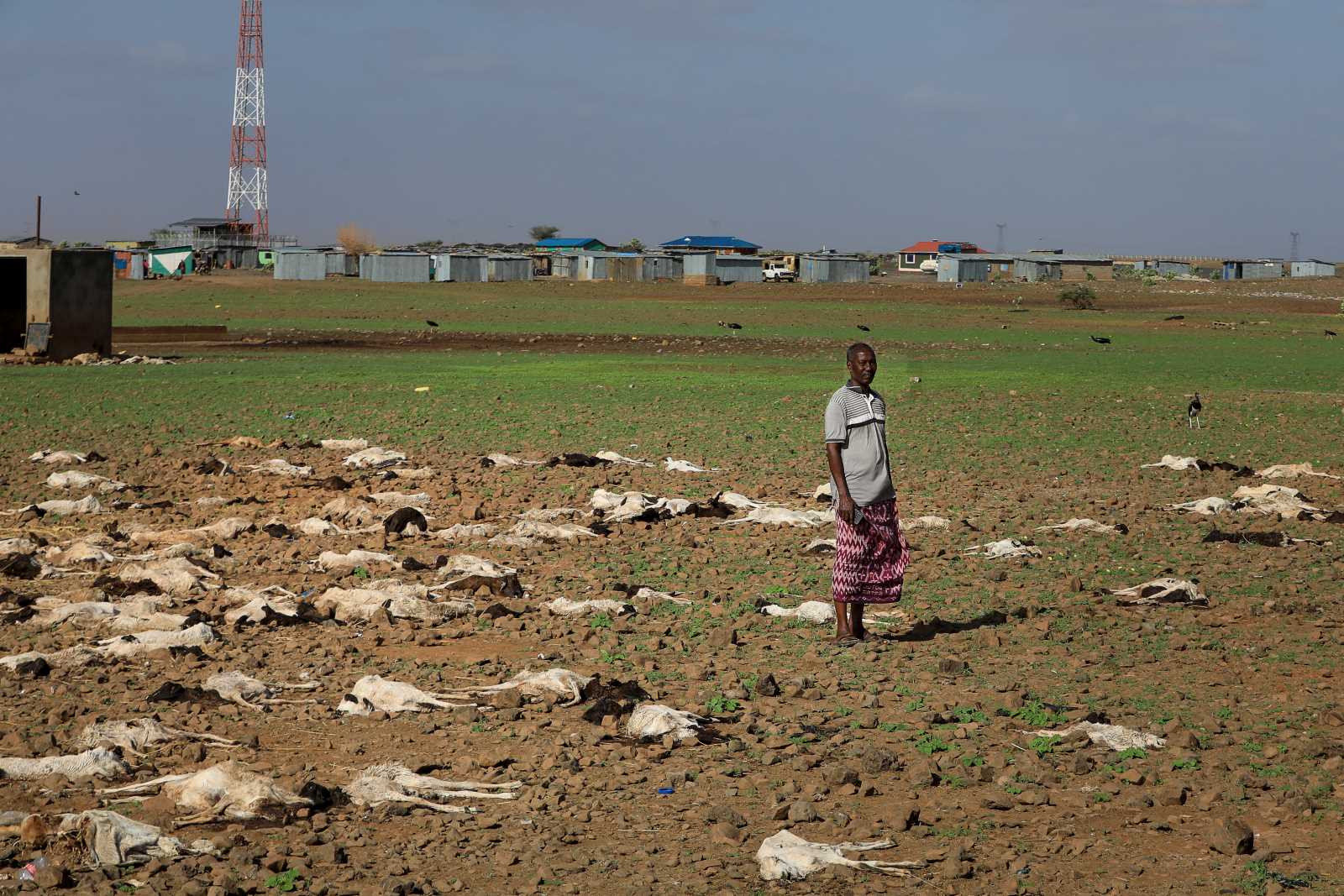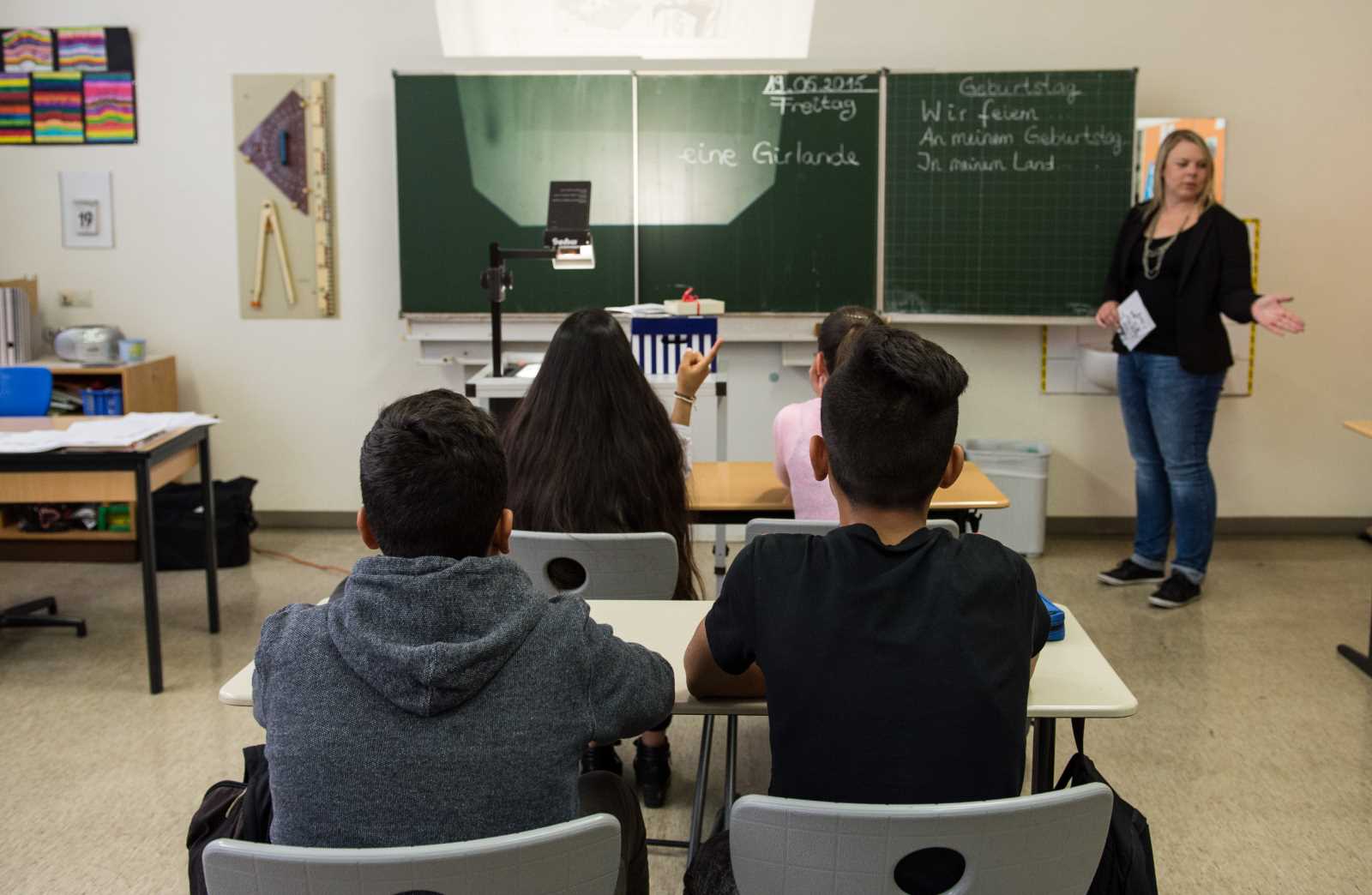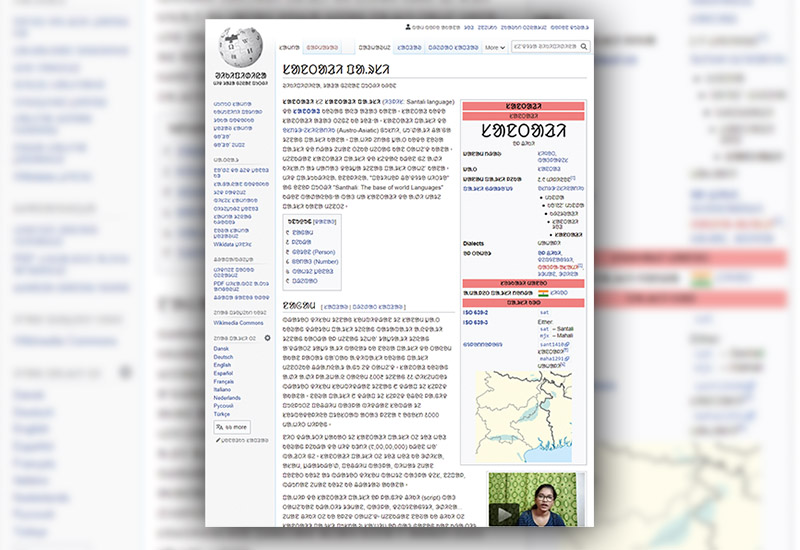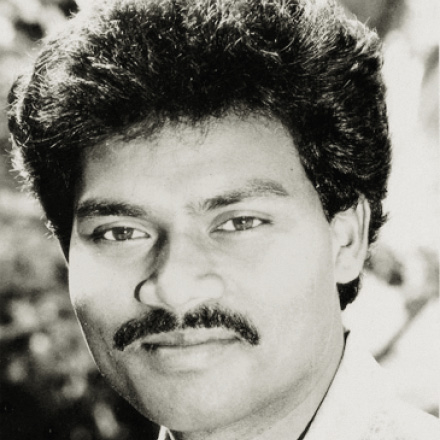Education
One step forward, one step back
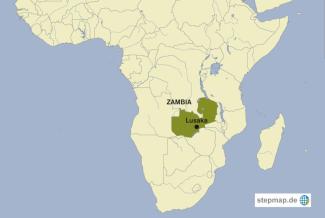
UN reports show that primary school enrolment in Zambia was 80 % in 1980. It increased to more than 90 % in 2010 and reached 100 % in 2015.
However, that achievement has led to problems in secondary schools. For example, the pupil-teacher ratio had deteriorated. Other resource shortages and poor infrastructure are more keenly felt than earlier.
In the recent past, secondary schools were allowed to conduct afternoon classes. They were abolished due to a lack of teachers and because afternoon pupils tended to perform poorly at exams.
The government has upgraded some primary schools to secondary schools in order to accommodate more pupils. An example is Kansenshi School in Ndola. However, it has not been given money to build classrooms for grades 11 and 12. The school therefore asked parents to pay the equivalent of $ 20 per pupil for new classroom blocks to be built. “We pay income tax to the government. Our tax money should be used to build new schools and classrooms,” complains a parent who prefers to stay anonymous.
A check at Kansenshi School found that in some classes there were as many as 70 pupils instead of the recommended 55. The newly upgraded school lacks a proper science laboratory moreover. “We are using a mobile laboratory to teach science,” one teacher reports. “The school needs to build a physical laboratory, however, because the Examinations Council of Zambia does not allow schools to conduct science examinations using a mobile laboratory.”
Humphrey Nkonde is a journalist and media researcher based in Ndola, Zambia.
humphrey_nkonde@ymail.com
